On Ascending A High Mountain
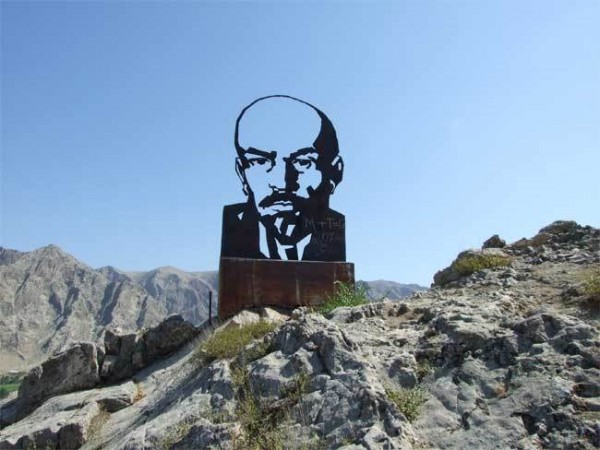
The voices from below ring with malicious joy. They do not conceal it; they chuckle gleefully and shout: “He’ll fall in a minute! Serve him right, the lunatic!”
Class Struggle in Brazil: Who Will Defend the Working Class?
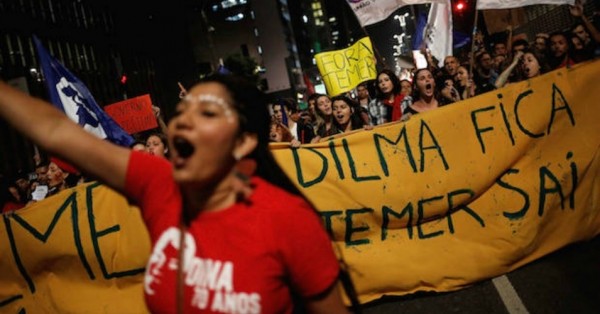
The political farce perpetrated against the Brazilian people on Sunday, April 17, when the country’s national congress approved the impeachment of President Dilma Rousseff is a critical moment in an ongoing class war against the left, labor and the poor. Instead of an exercise in democratic political sovereignty, as the center-right coalition would prefer the rest of the world believe, the congressional vote is a de-facto political coup.
The Climate Movement Needs to Get Radical, but What Does that Mean?: A Delayed Review of This Changes Everything: Capitalism vs the Climate by Naomi Klein

The view that capitalism is a style of thinking, progress is a myth, and political contestation is irrelevant to “true” social change belongs not just to this one book but to all the commentators who found nothing to criticize. That’s the real problem.
Issue #19: Photography and Philosophy II
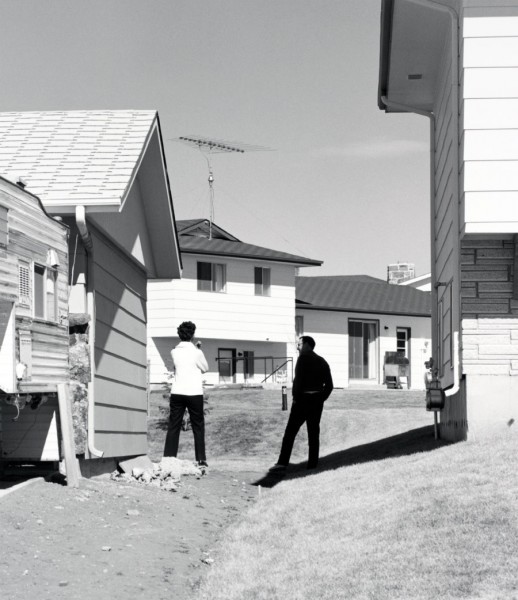
In the spring of 2015 nonsite.org in collaboration with the Los Angeles Museum of Art (LACMA) hosted a two-day conference on Photography and Philosophy. For our 19th issue nonsite.org presents essays related to that event. These essays engage with what we take to be central issues in the history and practice of photography today including the autonomy of the photographic image, automatism, time and meaning.
Density of Decision: Greenberg with Robert Adams
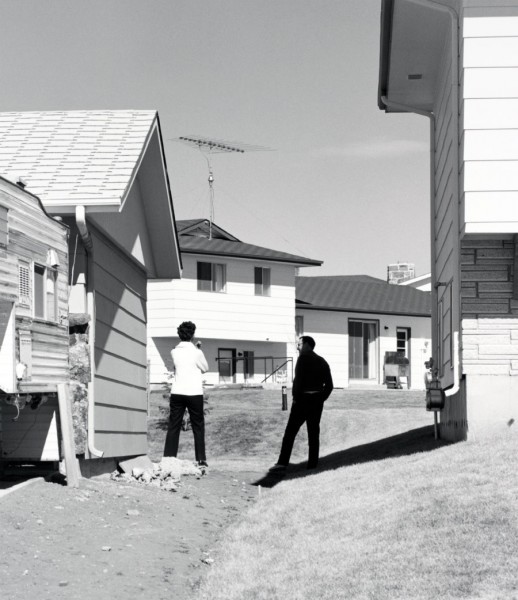
This is to say that the strictly documentary character of Adams’s work, which by and large claimed viewers’ attention at the time of New Topographics, has somewhat receded in importance. And it is also to suggest that the theoretical issue of the non-representational nature of the photograph as well as of the problematic status of the photographer’s intentions owing to the photograph’s indexicality…turns out to be not quite relevant to the present case. Or rather, more precisely, it is as if the “weak intentionality” of the photograph…turns out to throw into relief the extraordinary strength and efficacy of Adams’s esthetic perfectionism…with respect to the appearance of the final print, the esthetic artifact as such.
Photography and the Philosophy of Time: On Gustave Le Gray’s Great Wave, Sète
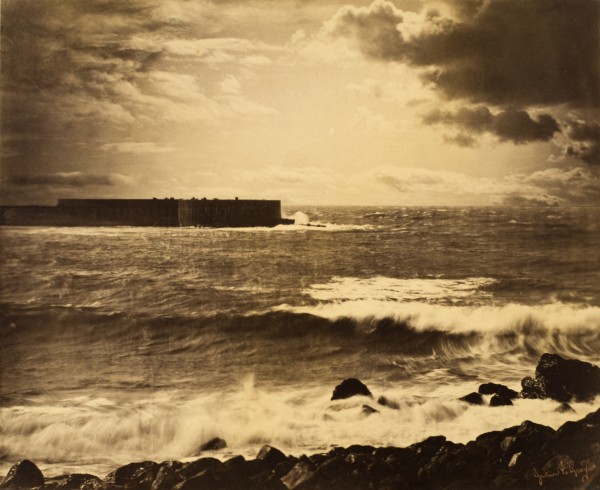
Indeed, over the course of the nineteenth-century, two temporalities became increasingly recognizable in modernizing societies. The “lived time” of premodern and natural cycles oriented to the sun, the tides, the moon became the “measured time” of the clock and the workday, of shipping times and railroads connecting major cities. Although the conventional view would have it that speed and instantaneousness decisively came to dominate with the advent of the railroad and the telegraph, a deeper analysis indicates that only a small percentage in the nineteenth century felt the rigors of measured time decisively undoing an older, natural time.
Shadowboxing
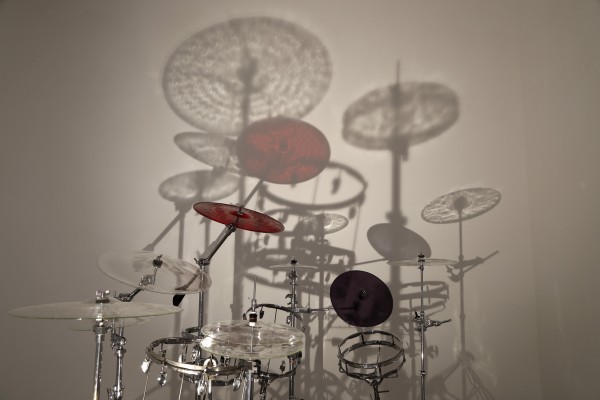
In my imagined temporary community on the stage, in that ring and in those lights, we would have started with a single set of questions, a single set of definitions, and disagreed from there until we came to new sets of questions, and so that is what I will do here, sitting literally alone, around my hearth, and without tribe. The artist always fights herself, in the end. I relax, so I can strike myself harder. I establish my balance, so I can stay on my feet.
“I Do What Happens”: Anscombe and Winogrand
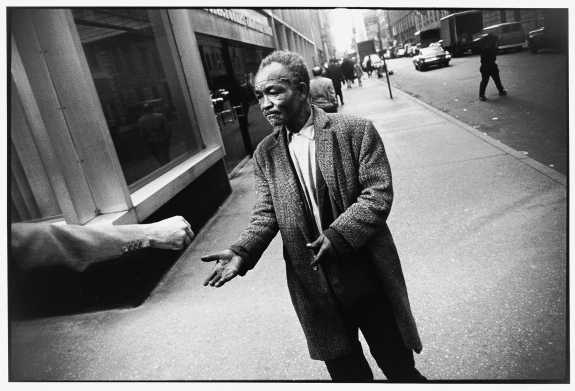
So there is a sense in which Winogrand’s personal crisis expresses a theoretical position, just as there’s an equally important sense in which that theoretical position and the alternatives to it (what it might mean to intend something, and especially what it might mean not to or what it might mean for your reasons to be treated as causes) were becoming at the time of that crisis central to literary theory and aesthetic production. Indeed, in what is now an aesthetic and a political as much as a philosophical sense, the structure of intentional action has recently emerged as a crucial issue.
Minds in the Dark: Cinematic Experience in the Dardenne Brothers’ Dans l’Obscurité

I do not mean here to refer to the issue familiar in philosophy since Plato, the way the psyche can be shaped in very different ways by the education it receives and by the context of some particular regime. Democratic souls for democracies; oligarchic souls for oligarchies. Plato and many others keep the soul’s structure constant in such accounts, concentrating on the effects of the formation process on that structure. I think something much more radical is implicitly suggested by these films—that what counts as such a structure is at issue and open to real variation. This is particularly true of the psychological structure assumed in “explaining actions” or “assigning or accepting responsibility.” How we have come to think of that issue, the range of possible answers, may, if the brothers are right, have more to do with the imperatives of a particular social organization of power than it would be comfortable to admit.
Action and Standing a Round
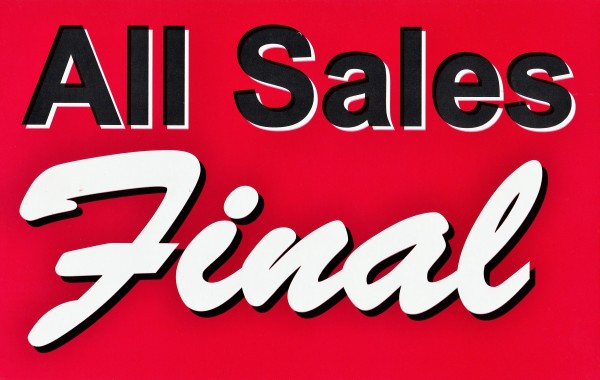
If I understand Emerson correctly, his allegory of photography contends that, while photography may look like shopping at a flea market, it’s really more like standing a round at the bar.
